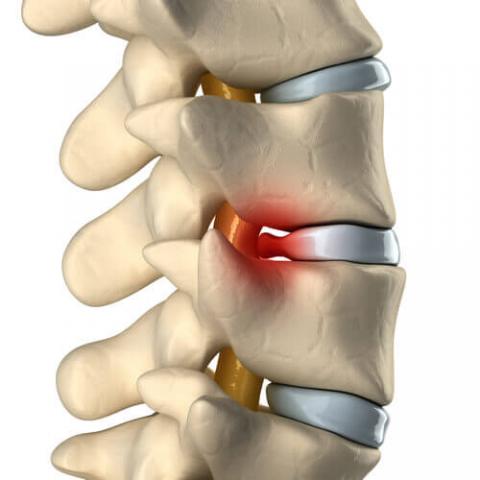Usted está aquí
Peruvian Journal of Neurosurgery
Recurrent lumbar disc prolapse, causative factors and outcome in bangladeshi people
MOSHIUR RAHMAN, MD, EZEQUIEL GARCIA-BALLESTAS, MD, LUIS RAFAEL MOSCOTE-SALAZAR, MD
Abstract (Spanish) ||
Full Text ||
PDF (Spanish) ||
PDF (English)
ABSTRACT
Introduction: Recurrent lumbar disc prolapses (RLDP) is not uncommon after surgery. The incidence of RLDP varies from 5-18% across the different populations in the world. The exact cause of recurrence is not known but the weakness of the annular tissue due to previous surgery, exposure to repetitive lifting, heavy work causing axial load, advanced age, smoking, are some of them. RLDP can be managed conservatively, but if that fails, such cases are candidates for surgery. Various surgeries can be done- open versus minimally invasive surgeries, fusion versus non-fusion surgeries are debatable. The study aims to evaluate the causative factors of RLPD and the outcome of surgeries in Bangladeshi peoples.
Methods: A total of 126 cases of RLDP in 1800 lumbar disc surgery patients were included in the study. This study was retrospective and multicenter data were analyzed from 4 private hospitals. The male-female ratio was 3:2. The study period was from 2009 to 2018. The Minimum follows up period was 1 year.
Results: There was a significant risk of RLDP in sex, smoking habit, BMI, and heavy workers. By using these differences, a logistic regression analysis showed that males increased BMI, heavy workers, residual disc particularly under posterior longitudinal ligament, indiscipline life, and smoker could predict lumbar disc herniation recurrence. Minimally invasive surgeries had better outcomes than open surgical methods. Fusion surgeries with stabilization were encouraging.
Conclusions: Patients who are male, increased BMI, heavy workers, indiscipline life, and smoker could predict lumbar disc herniation recurrence. Minimally invasive surgeries under illumination have a better outcome than open surgical methods. Residual disc, particularly under posterior longitudinal ligament, is associated with a high recurrence of symptoms. Patient selection, clinical examination, investigations, and understanding the indications for surgery in recurrent cases is the key to success.
Keywords: Lumbar, Disc, Prolapse, Recurrence (source: MeSH NML)



